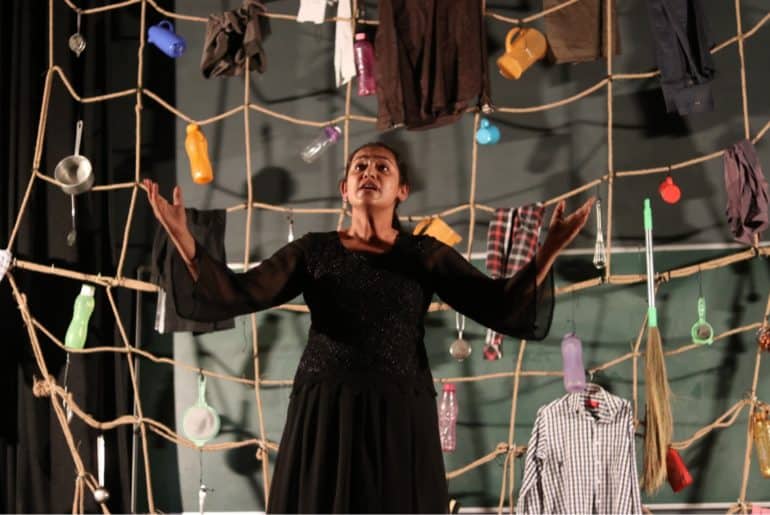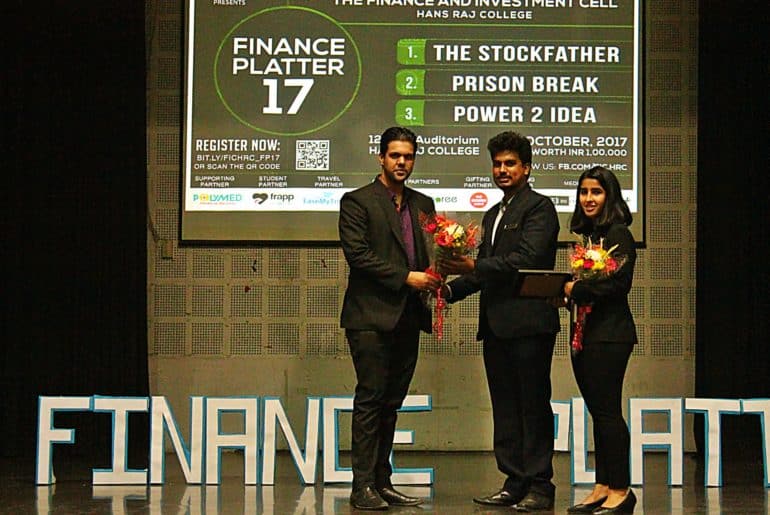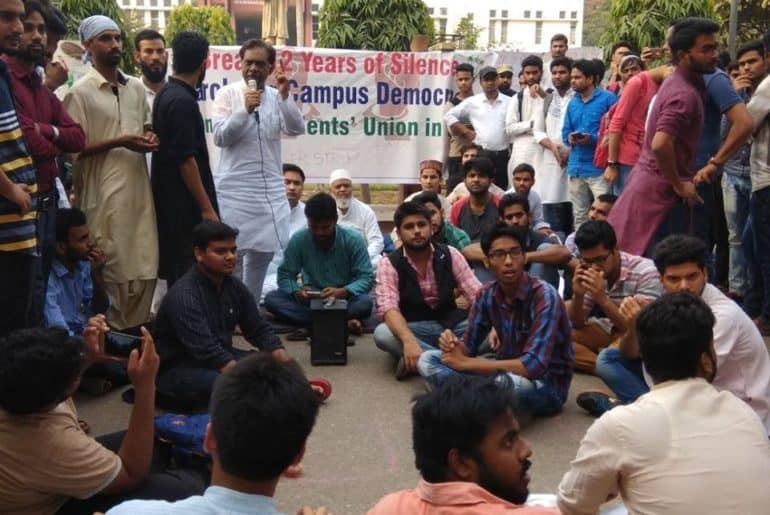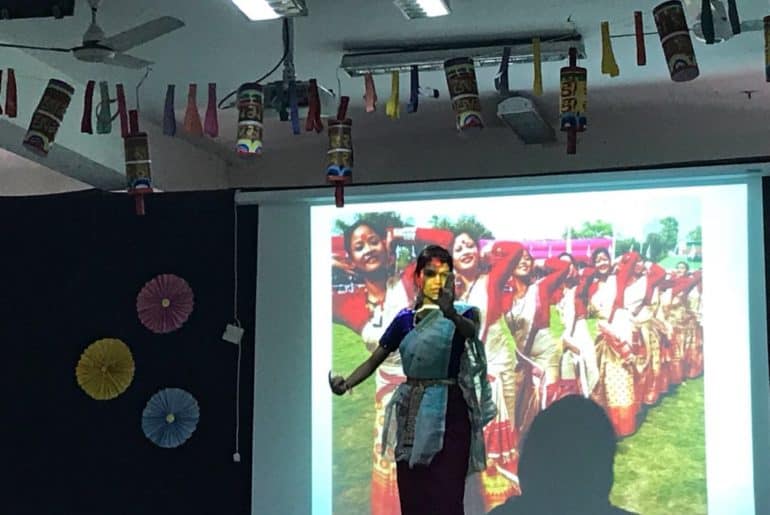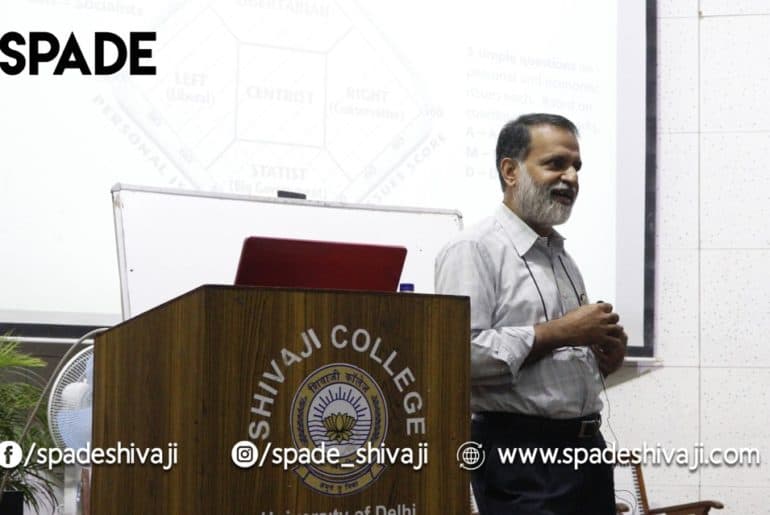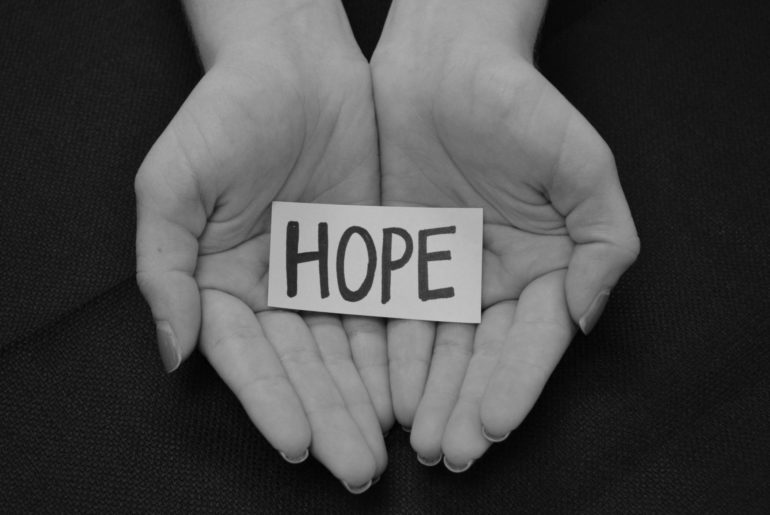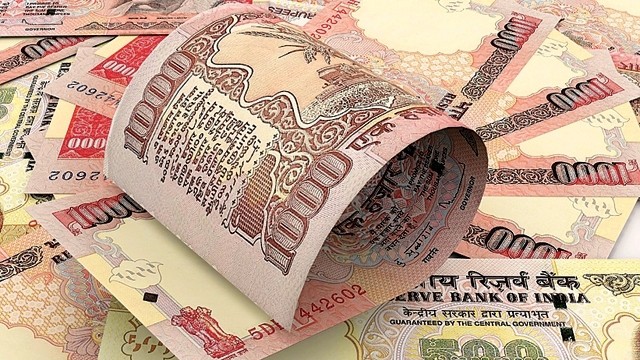Heartbreaking and touching, A Woman Alone by Shilpi Marwaha is a bold description of marital rape and female subjugation.
If you are a feminist who enjoys impactful theatre, then Sukhmanch Theatre Group’s production A Woman Alone is the performance for you. An adaptation of an Italian play by the same name, the act is written by political activists and theatre-makers Dario Fo and Franca Rame.
The play starts with a woman dancing freely and lasciviously to peppy Bollywood songs. Initially, it looks like the protagonist is a happy, confident woman, but soon things become dark. The plot has no sequence of events as such; the story is basically a narration of the oppressed domestic life of a woman. Stuck between a toddler, an abusive husband, a perverted brother-in-law, a stalker, and a blackmailing boyfriend, Sharon (played by Shilpi Marwaha) is in the simplest of terms an oppressed woman. She describes the various facets of her trauma in the form of gossip, storytelling, and comedy.
There are many scenes that vividly document the ugly reality of issues like marital rape and domestic abuse. While these scenes can be triggering and heart wrenching, there are a few reassuring moments where Sharon displays admirable grit and strength.
Watching A Woman Alone is a rollercoaster ride that is both emotionally draining and exhilarating because of the range of emotions it incites within the viewer. The audience is left more clueless, confused, and shocked than they were at the beginning. A Woman Alone is not a play that will provide you with answers; there will be no happy ending, there will be no closure. Sharon’s struggles of being groped, humiliated, harassed, hurt, of having her agency and free will ripped away from her, of blackmail and pain will make you question the kind of world that you live in where women continue to be viewed as properties, conquests, and pieces of flesh. Shilpi Marwaha at the climax of the play is trapped between ropes laden with household objects – bottles, shirts, brooms, clothhes hangers, jugs, and containers. It is a representation of how women today are trapped in what is assumed to be their responsibility towards their households and families.
It is the tale of a woman who was crushed and defeated by society’s hatred for women, hatred of their choices, their sexuality, their desire to grow, their desire to be recognised as people and not as someone’s partner, mother, and daughter.
Shilpi Marwaha has outdone herself in this piece of art that is nothing short of a masterpiece. Her voice, her persona, and her fearless personality all make the play an iconic tale of a woman crushed by the things and people she thought loved her.
Talking to DU Beat after her performance, Marwaha said, “It is a 90-page-long script and for one hour and 10 minutes I have to continuously speak, which is very taxing, not just physically but also mentally.” However, it is evident that this hard work pays off.
Follow Sukhmanch Theatre Group on Facebook for the details of more of their stunning upcoming performances.
Image Credits: DU Beat
Kinjal Pandey
[email protected]
Niharika Dabral
[email protected]

